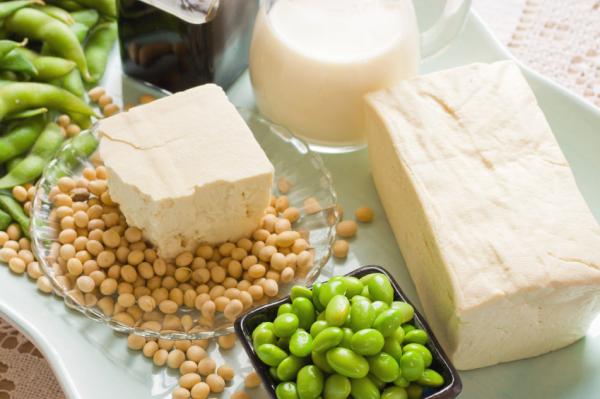by admin | Dec 5, 2012 | Books, Diabetes, Health Conditions
When medical historians look back on the last 70 years of medicine, they will refer to it as the Dark Ages of drug therapy. There are numerous examples: non-steroidal anti-inflammatory drugs in the treatment of osteoarthritis, sedative hypnotic drugs for insomnia, and...
by admin | Dec 1, 2012 | Awareness month, Monthly Condition
In seasonal affective disorder (SAD) is associated with winter depression Typically, these individuals not only feel depressed they also feel tried, slow down, and generally oversleep, overeat, and crave carbohydrates in the winter. In the summer, these same patients...

by admin | Nov 28, 2012 | Natural Facts, Newsletter thru 2013
Women who have estrogen-sensitive breast cancer have often been advised to stay away from soy foods and soy isoflavone supplements. This recommendation was based on studies in test tubes and in animals that showed the isoflavone genistein may stimulate the growth of...

by admin | Nov 21, 2012 | Natural Facts, Newsletter thru 2013
One of the most popular medicinal uses of cherries, cherry juice, and cherry extracts has been in the treatment and prevention of gout – a painful form of arthritis characterized by increased blood levels of uric acid and the formation of uric acid crystals in joints....

by admin | Nov 14, 2012 | Natural Facts, Newsletter thru 2013
S-Adenosylmethionine (SAMe) is an important physiologic agent that is involved in more than 40 biochemical reactions in the body. It functions closely with folic acid and vitamin B12 in “methylation” reactions. Methylation is the process of adding a single...





